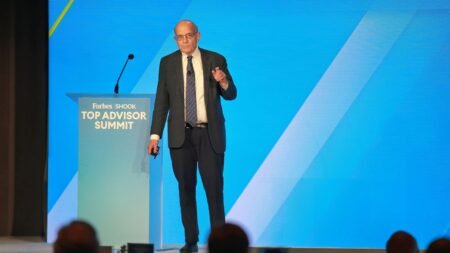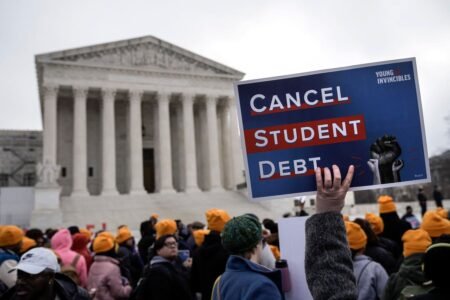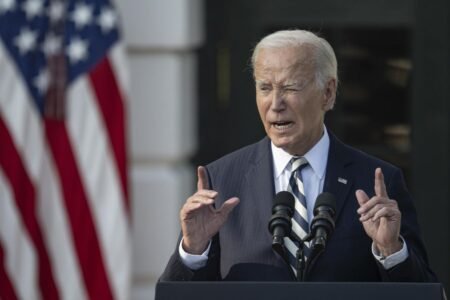President Joe Biden has been working to provide student loan forgiveness to borrowers since taking office, with billions of dollars in relief already approved. The administration recently announced a new plan that could offer even more assistance to those struggling with student debt. However, navigating the various forgiveness programs can be challenging for borrowers, as each program has its own rules and eligibility criteria which may overlap with other opportunities.
One of the main factors that could qualify a borrower for student loan forgiveness is the amount of time spent in repayment. President Biden’s one-time IDR Account Adjustment program allows borrowers who have been in repayment for a long time to potentially qualify for forgiveness. Additionally, a new mass debt cancellation plan proposed by the Education Department could provide relief to borrowers who started repaying their loans at least 20 years ago for undergraduate borrowers and 25 years ago for graduate school borrowers.
Employment can also be a basis for student loan forgiveness, particularly for those working for nonprofit or government organizations. The Public Service Loan Forgiveness program can lead to debt relief after 120 qualifying payments, or 10 years of service. The Teacher Loan Forgiveness program and profession-specific cancellation for Federal Perkins loans can also provide relief to eligible borrowers. However, for many with high federal student loan burdens, PSLF may be the most valuable program to pursue.
Under Biden’s new plan, excessive interest accrual or capitalization could become a basis for student loan forgiveness. The new initiative could eliminate up to $20,000 in interest for borrowers who have experienced these issues while in repayment. Additionally, the plan may offer even higher amounts of loan forgiveness for those enrolled in certain income-driven repayment programs and meeting specific income criteria.
Hardship, disability, and attendance at certain schools are other potential bases for student loan forgiveness. While currently, there is no administrative discharge or loan forgiveness option for borrowers facing hardship, Biden’s new plan aims to provide relief for borrowers experiencing financial challenges. Having a significant medical impairment already qualifies borrowers for loan forgiveness under the Total and Permanent Disability discharge program. The new mass debt relief plan may also offer relief for borrowers facing hardship due to various factors such as age, income level, and eligibility for other government relief programs.
Lastly, borrowers who attended specific schools, such as national for-profit college chains or institutions that lost federal student aid program eligibility, may qualify for student loan forgiveness. This could be through automatic group relief, Borrower Defense to Repayment applications, or the Closed School Discharge program. Overall, borrowers can learn more about federal student loan forgiveness and discharge programs on StudentAid.gov to understand the options available to them.












